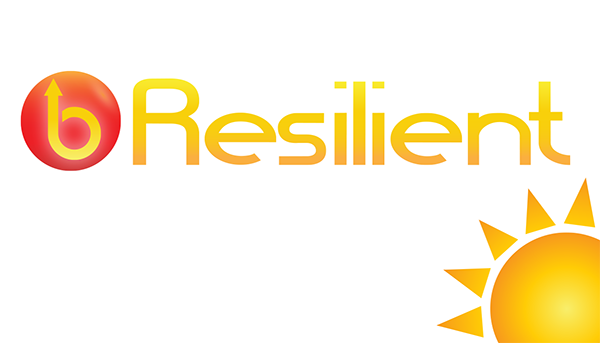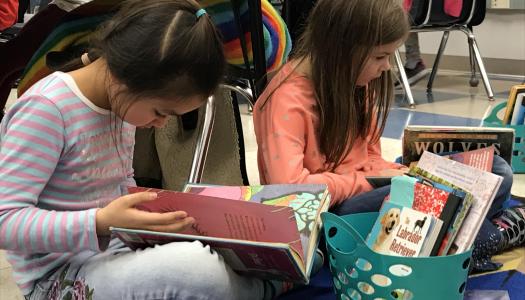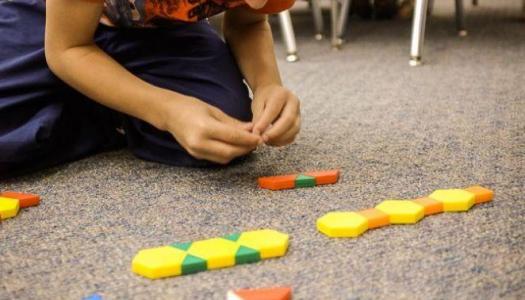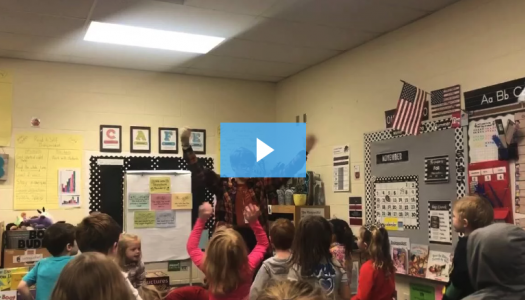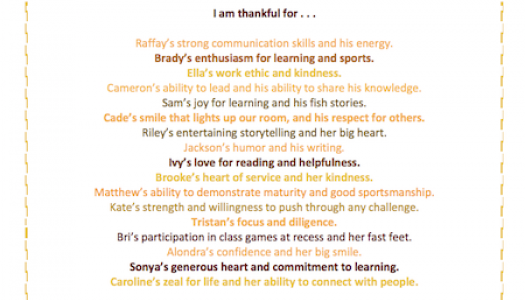
Allison Behne
Lately, my inbox has been flooded with surveys from companies that want to know how they can provide better service. They use survey responses as a diagnostic tool to make changes and improve service. The survey initiates a conversation that will fill in blanks for them, leading to an improved experience for customers. It is a strategy that is just as effective with students.
We want our students to have the best instruction possible. By knowing each child’s strengths and limitations as a reader, we can design our instruction to meet their individual needs. We do this through assessment data, running records, and conversation—we ask them. The students in our classroom may not be able to tell us what specific strategy they need, but through questioning and conversation they can tell us what they are good at and what is challenging for them, and that information can serve as a diagnostic tool for us in goal setting.
We start the conversation with two casual questions, and they begin to fill in the blanks:
- Tell me about yourself as a reader.
- Why did you choose this book?
After listening carefully to what they tell us, we take that information and use it to reinforce and support strengths and to provide explicit instruction to accelerate progress.
Our curriculum, assessments, and standards are all an important part of providing service, but if we don't give them a voice, we are missing an opportunity to provide the best experience for our customers, the students who entrust us with their lives every day.

News From The Daily CAFE
From the Field—One Minute Brain Break
Kids & Teachers These Days Replay
Make Time to Compliment
